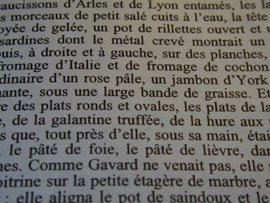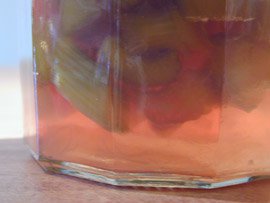
Le Ventre de Paris, translated into The Belly of Paris, is a novel written by Emile Zola in 1873. It is the third of the twenty novels of his naturalist cycle of books, Les Rougon Macquart. The series is about two branches of a large family and their members — the rich and powerful Rougon, and the poor and miserable Macquart — whose lives intertwine from the middle of the 18th to the late 19th century.
Each novel focuses on certain nodes of the family tree, and is the occasion to cast a sharp and crude light on the different social layers, situations and worlds of that time : miners, farmers, department stores employees, priests, financial magnates, small-town inhabitants, workers, prostitutes, artists, doctors, soldiers…
In this one, Zola takes a dive into the fascinating universe of the Paris food market, Les Halles. Since the 12th century, this area in the center of Paris has been devoted to food vendors of all kinds, selling a vast profusion of goods, coming in fresh every morning. Huge halls of iron and glass, Les Pavillons Baltard, were constructed in the 1850’s to organize the different markets, and each street around the pavilions was specialized in a type of product. In 1969 however, the area had become too small to accommodate all the activity, and the traffic was terrible : Les Halles were moved to Rungis, in the South of Paris, and the beautiful Pavillons Baltard were torn down, to the scandalized clamor of the Parisians. The only remnants of that era are some buildings and restaurants, and the presence of many cooking apparel stores, E. Dehillerin in particular.







